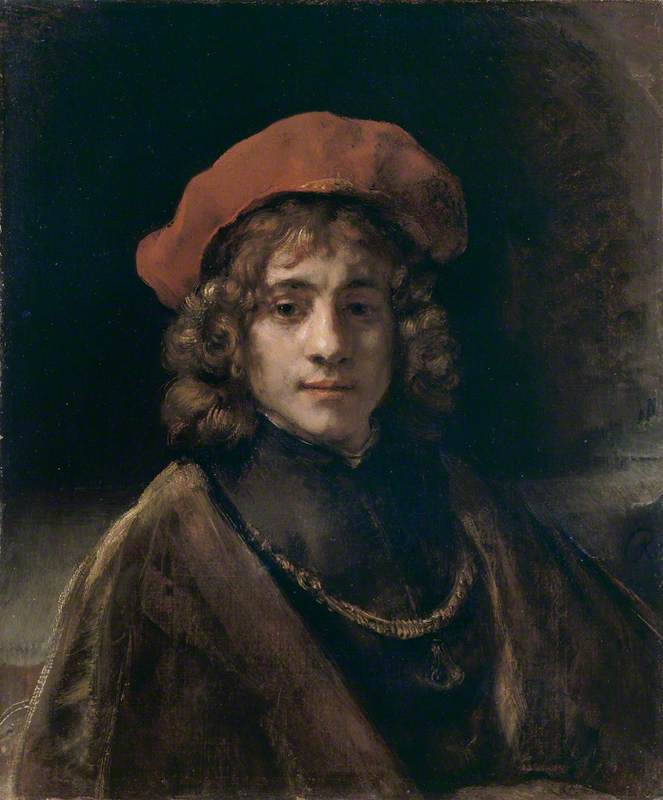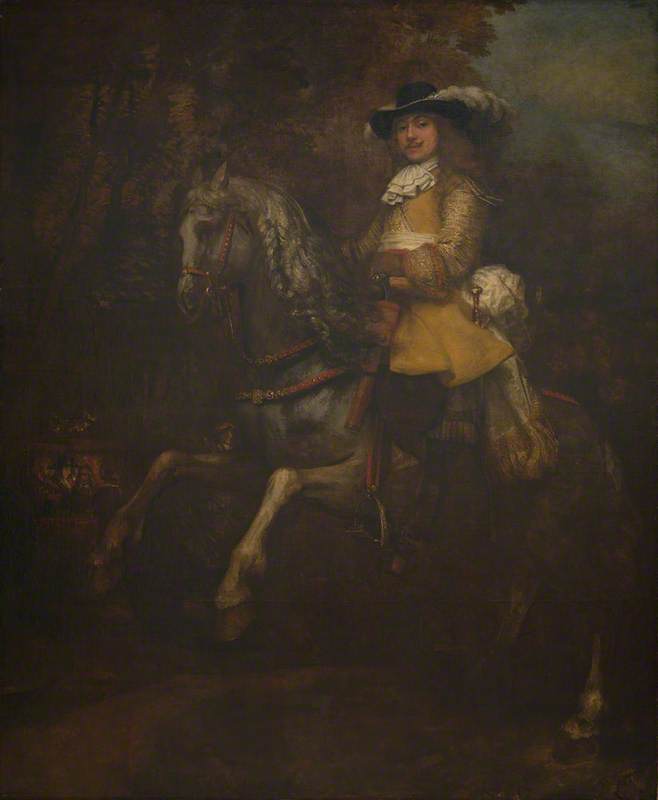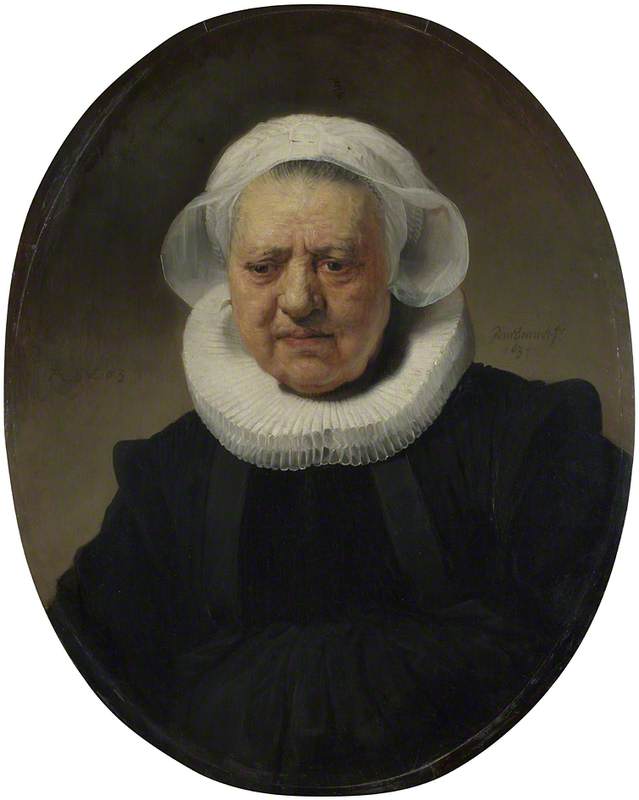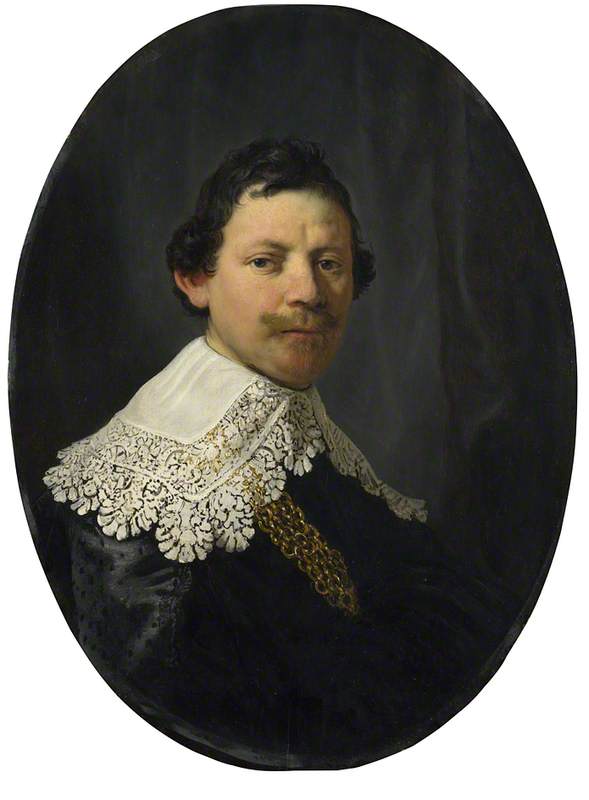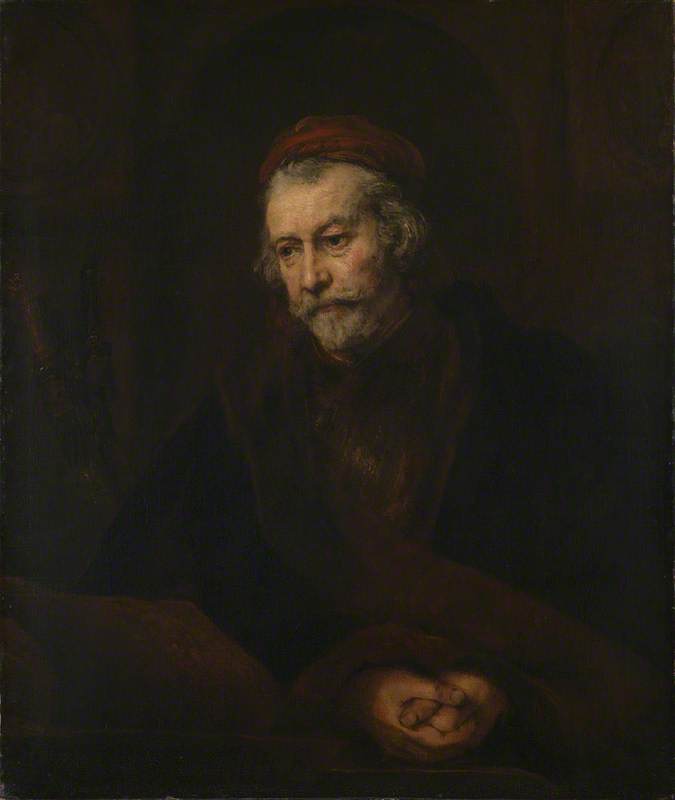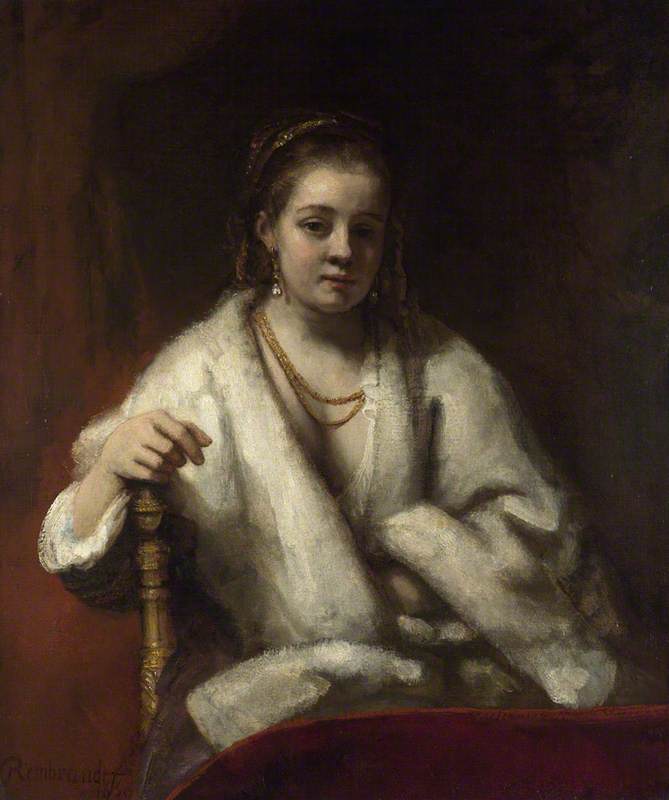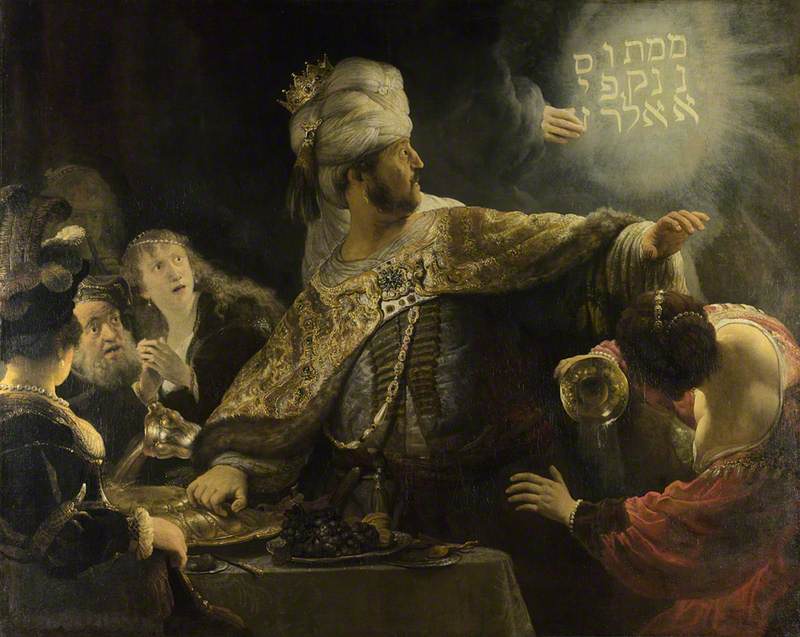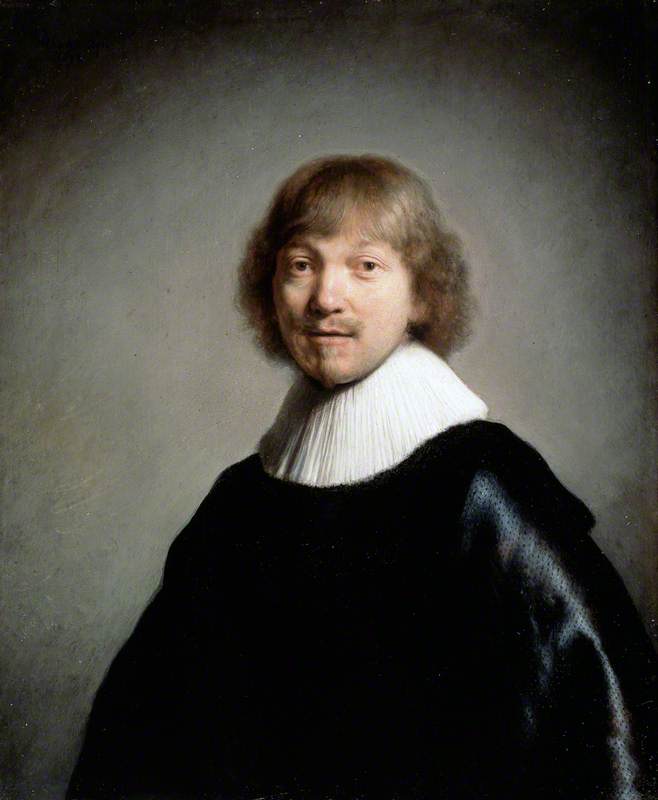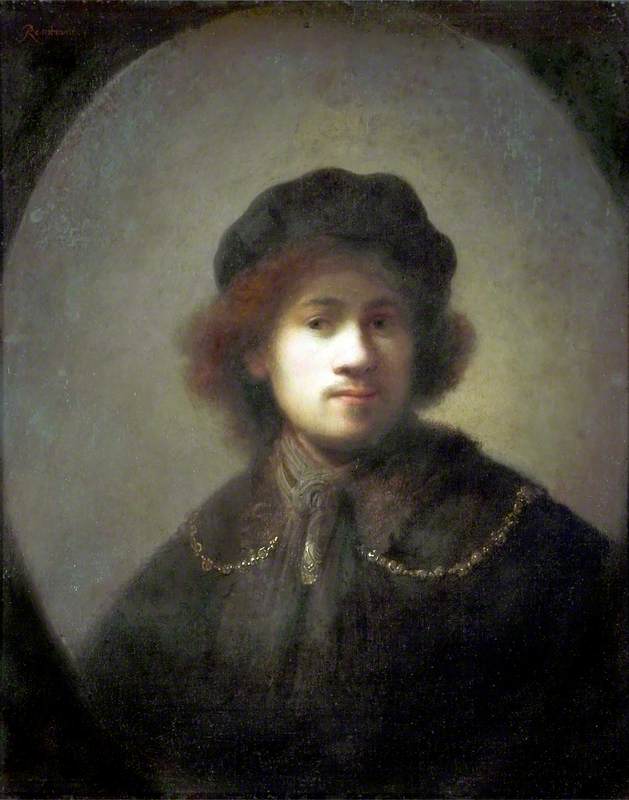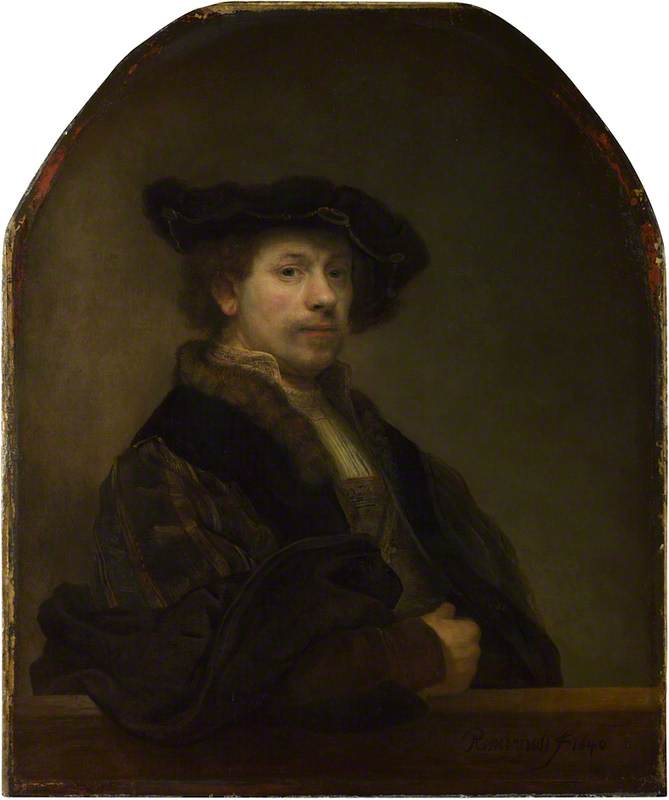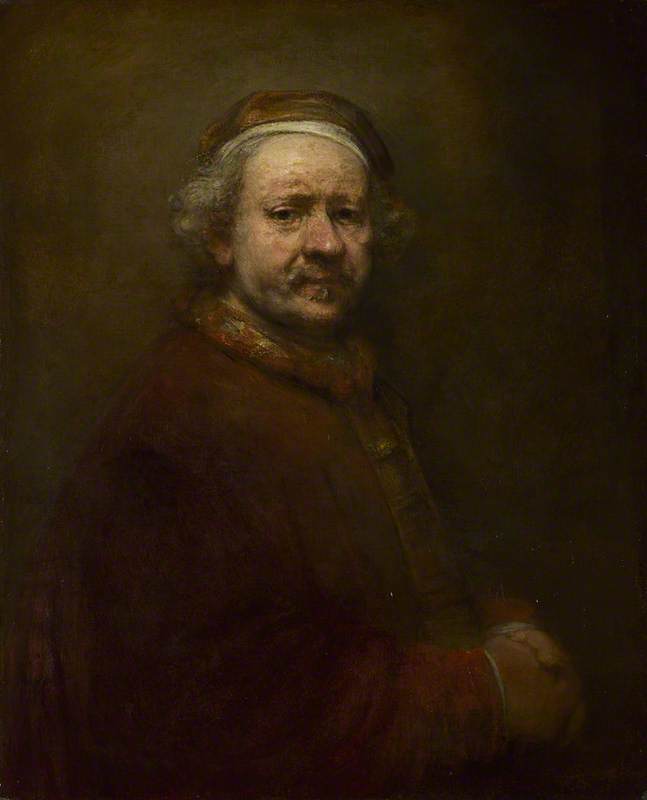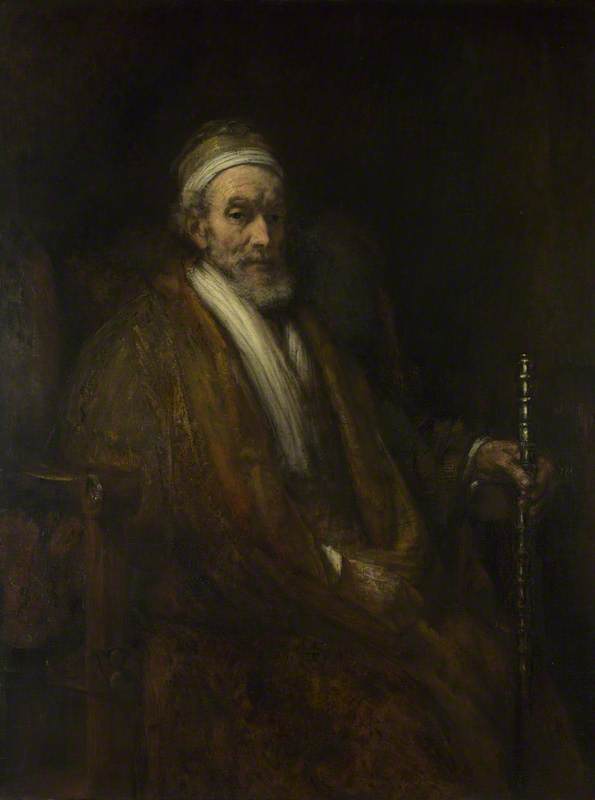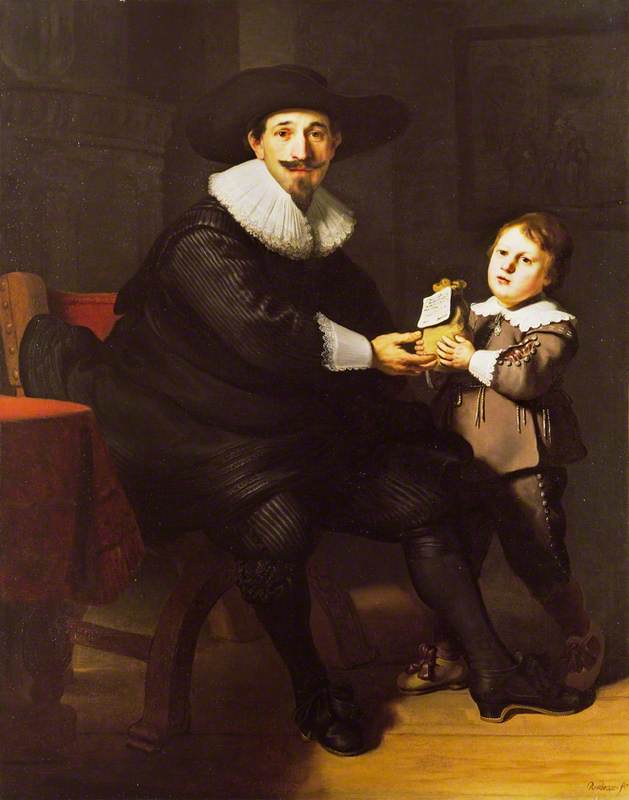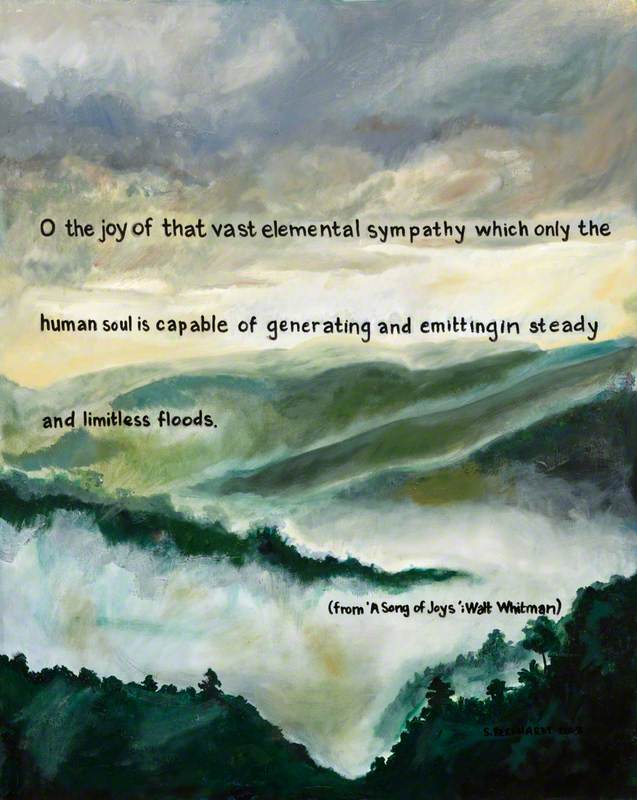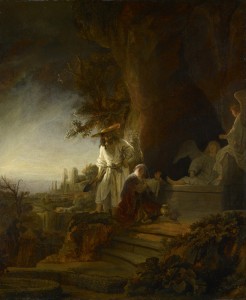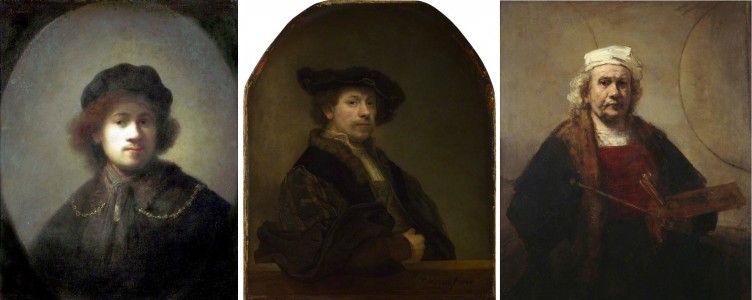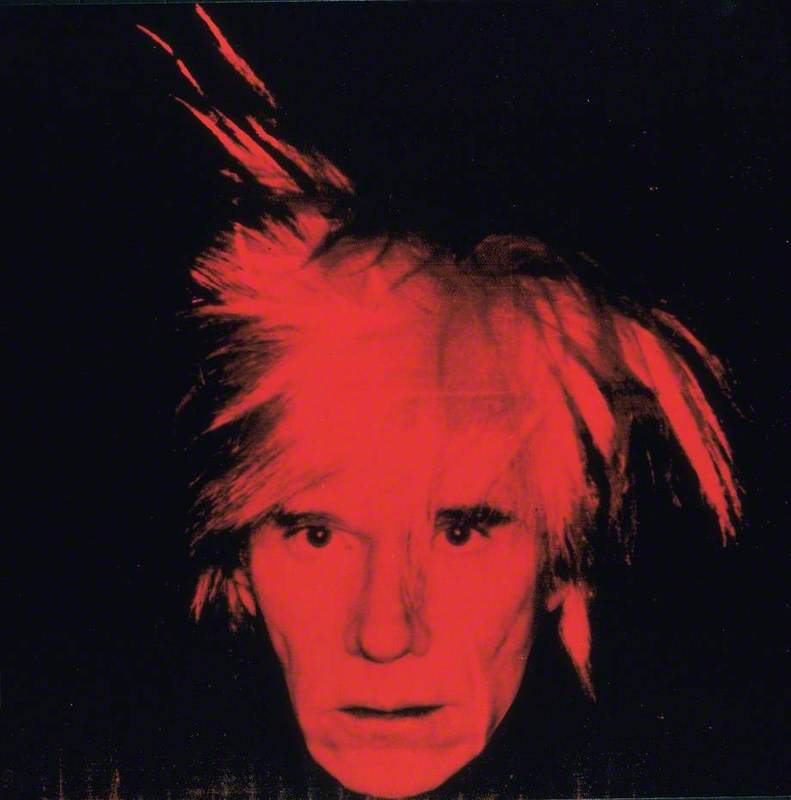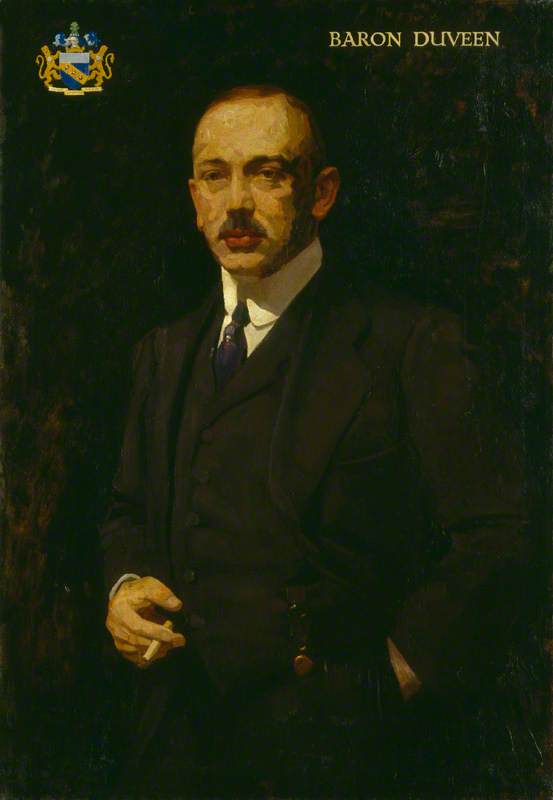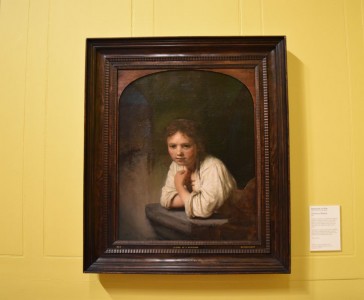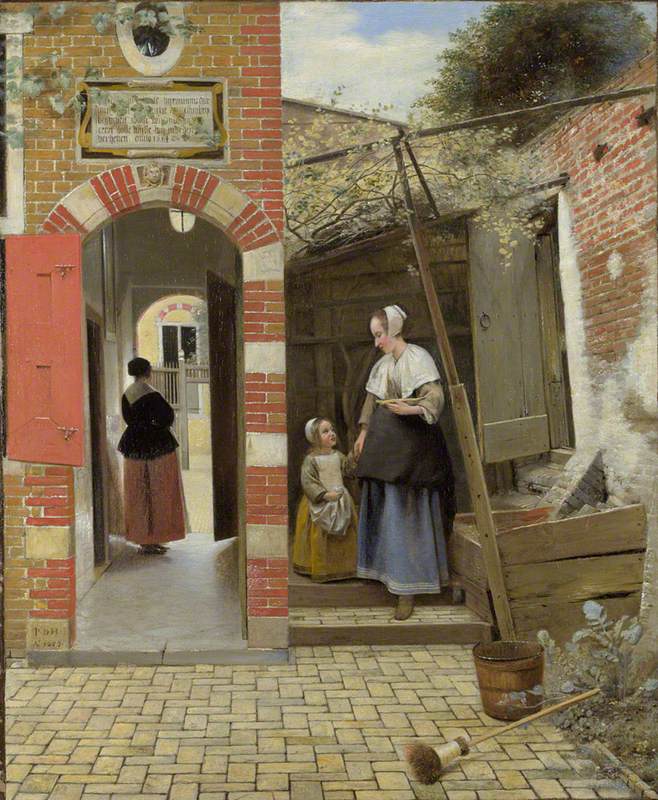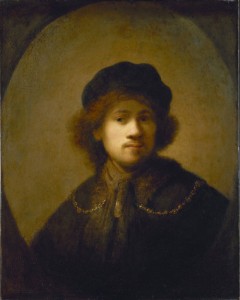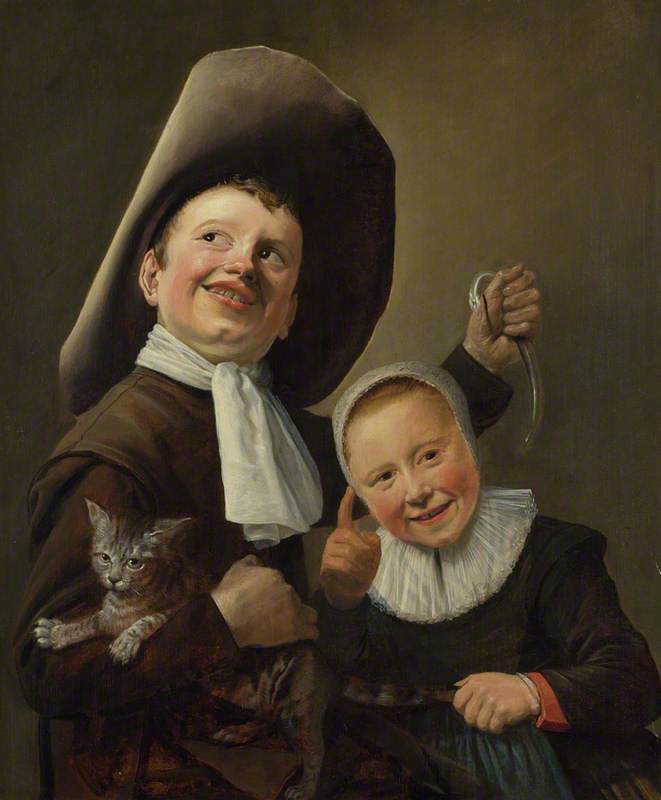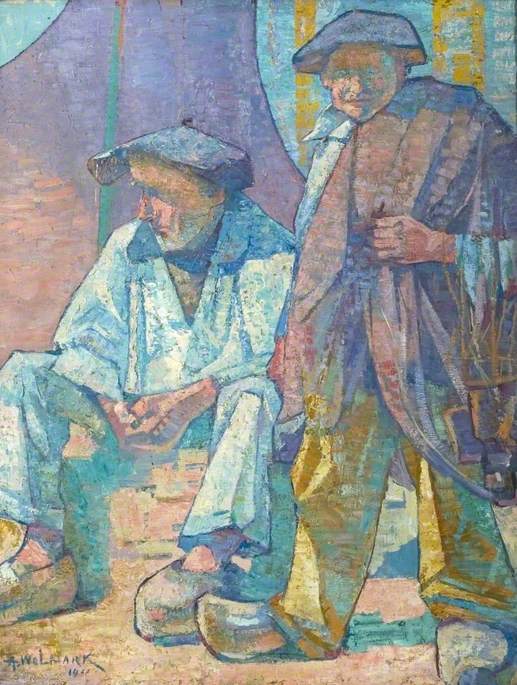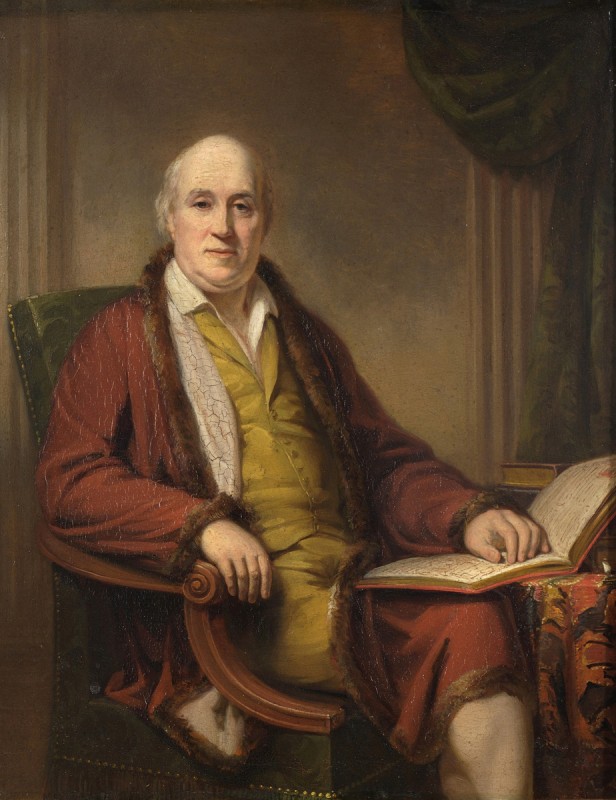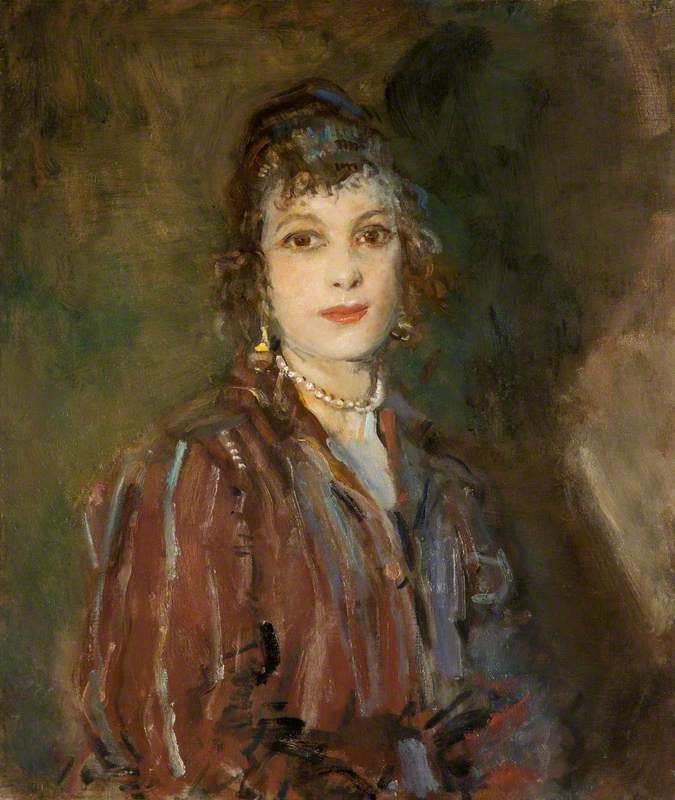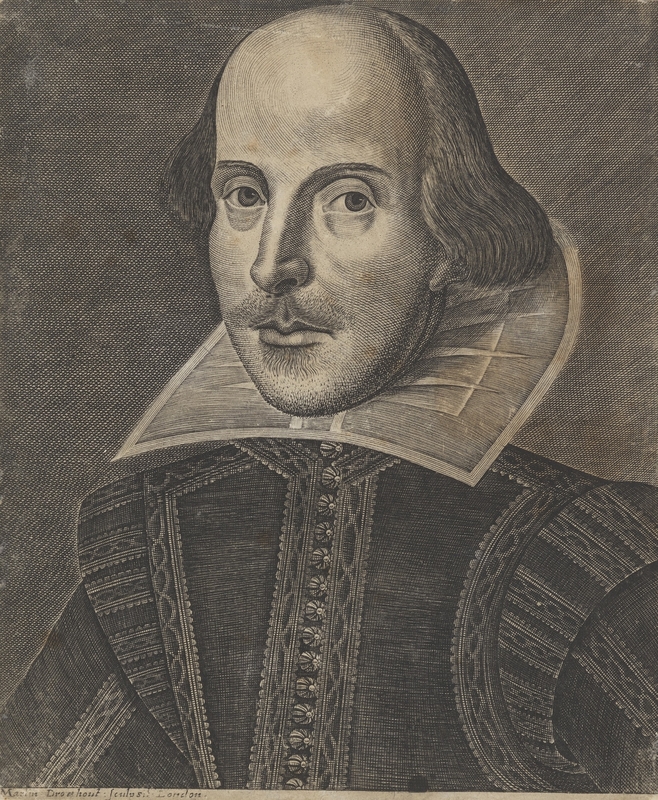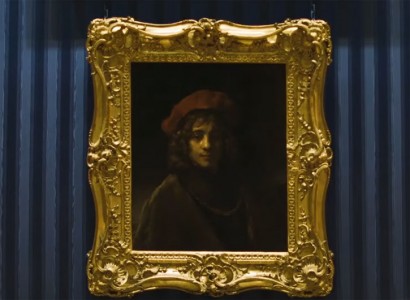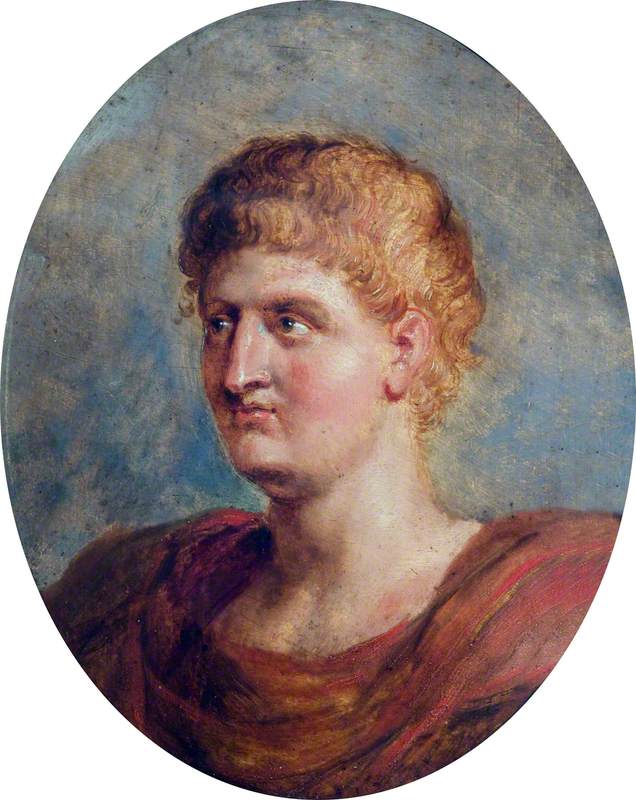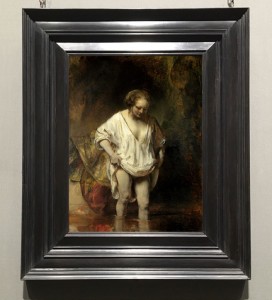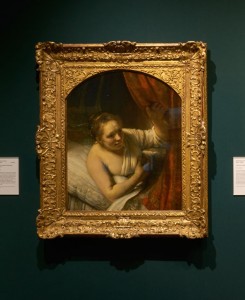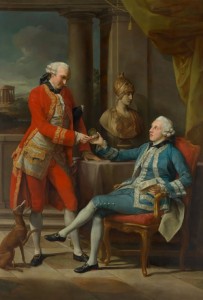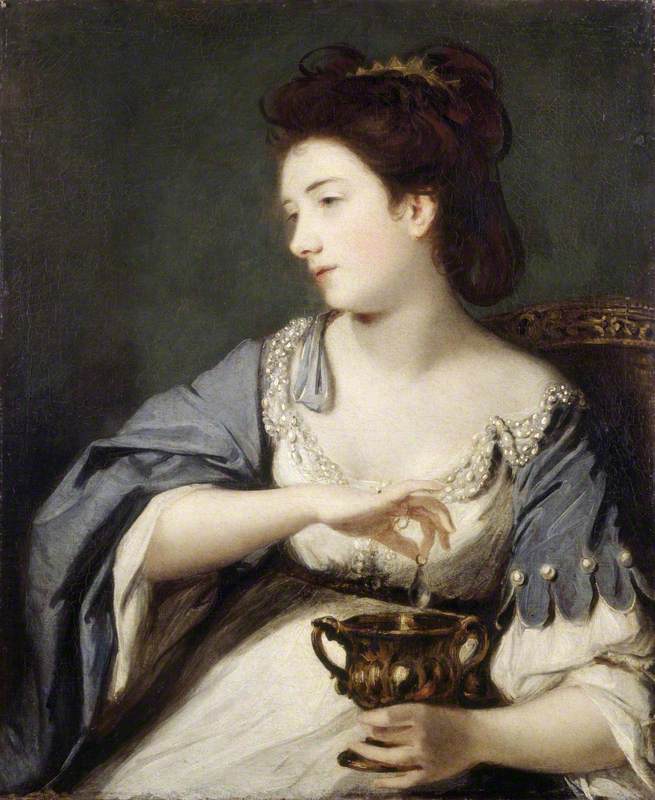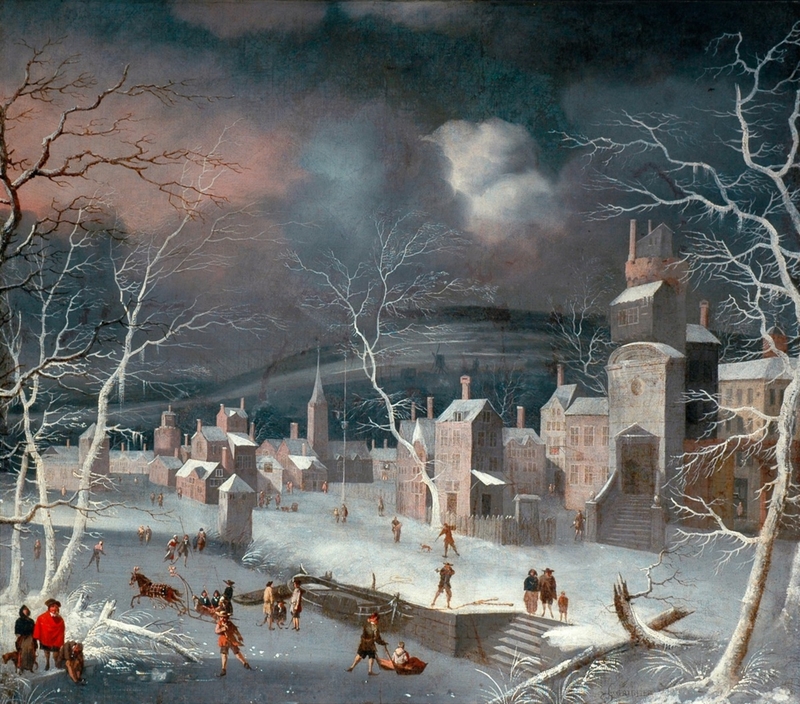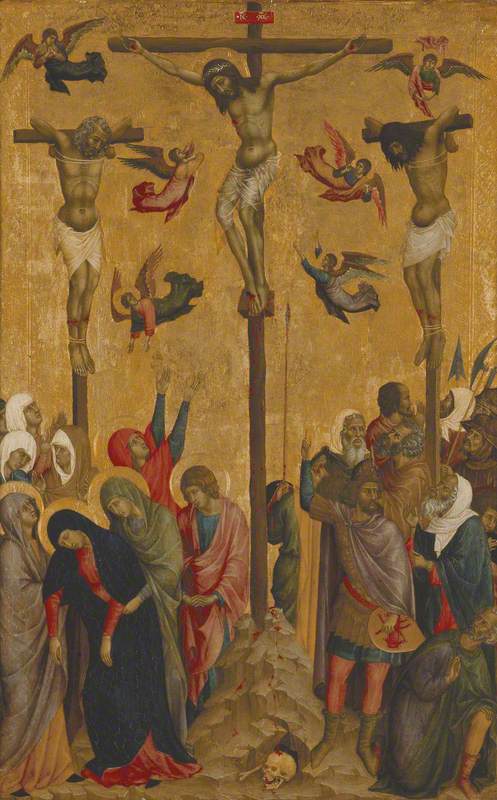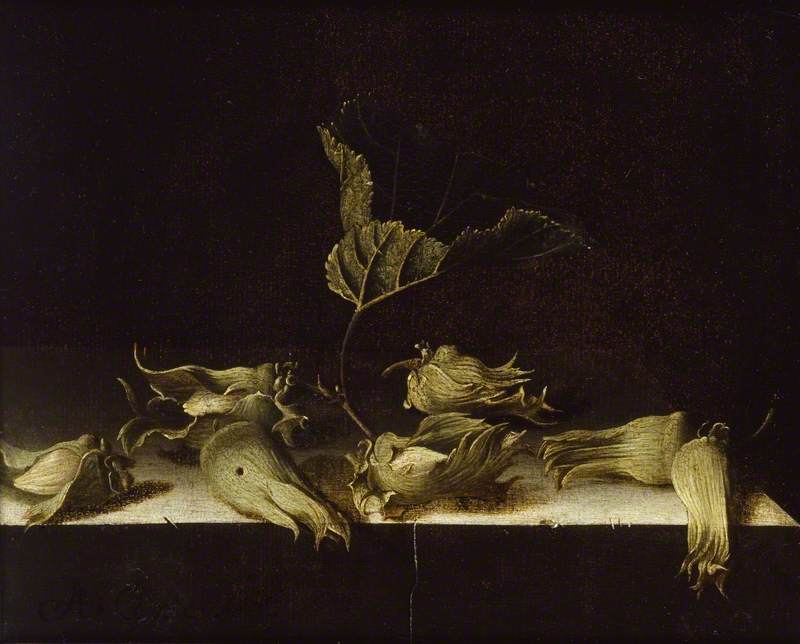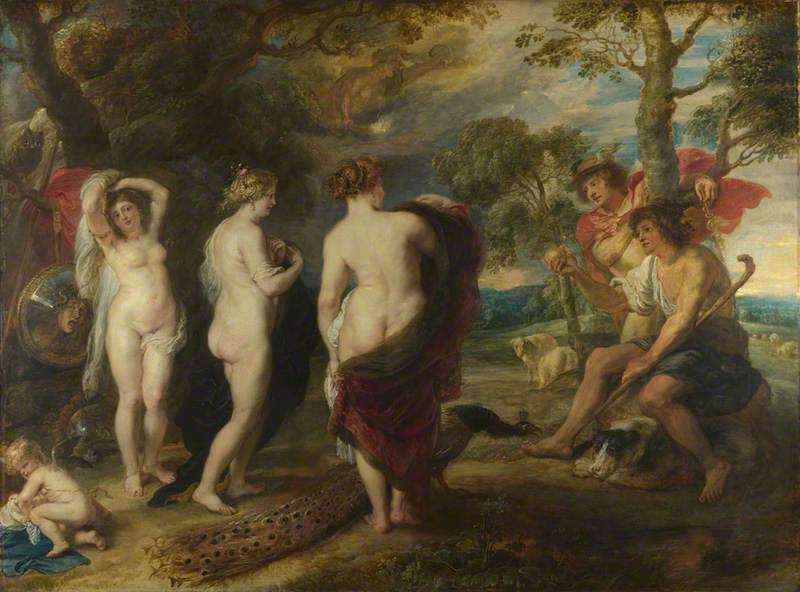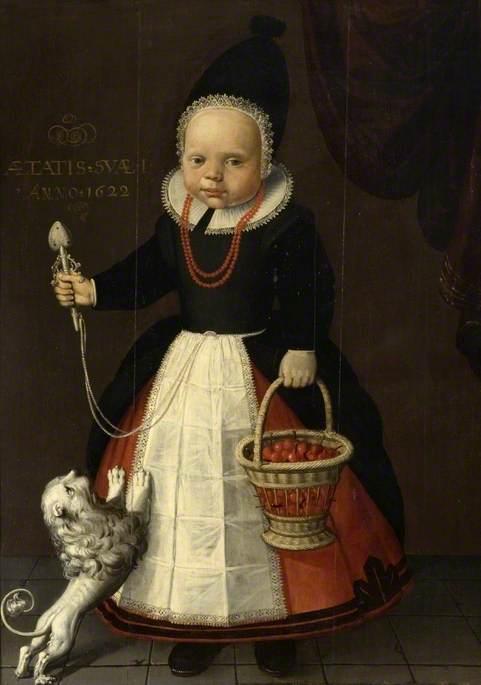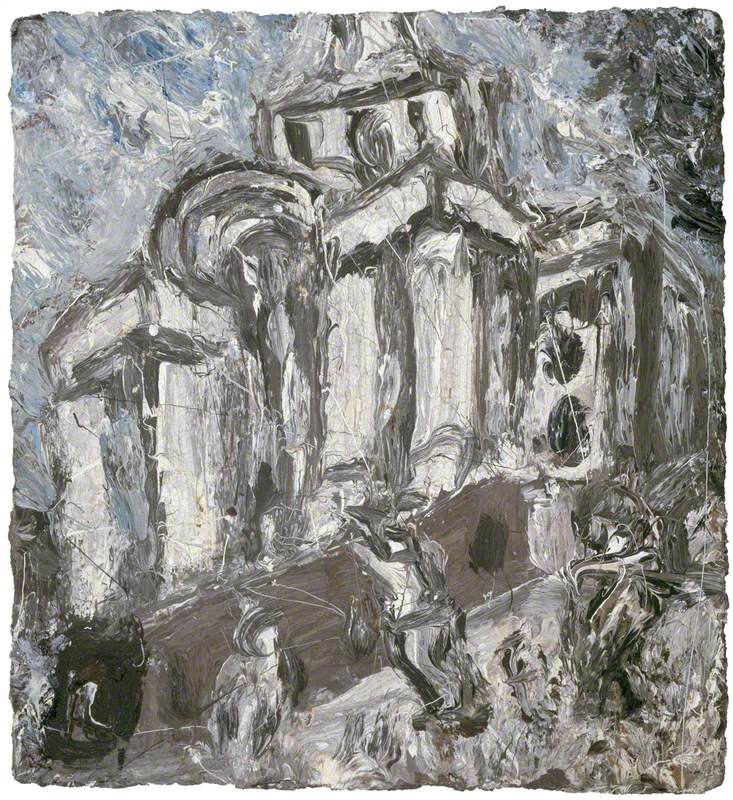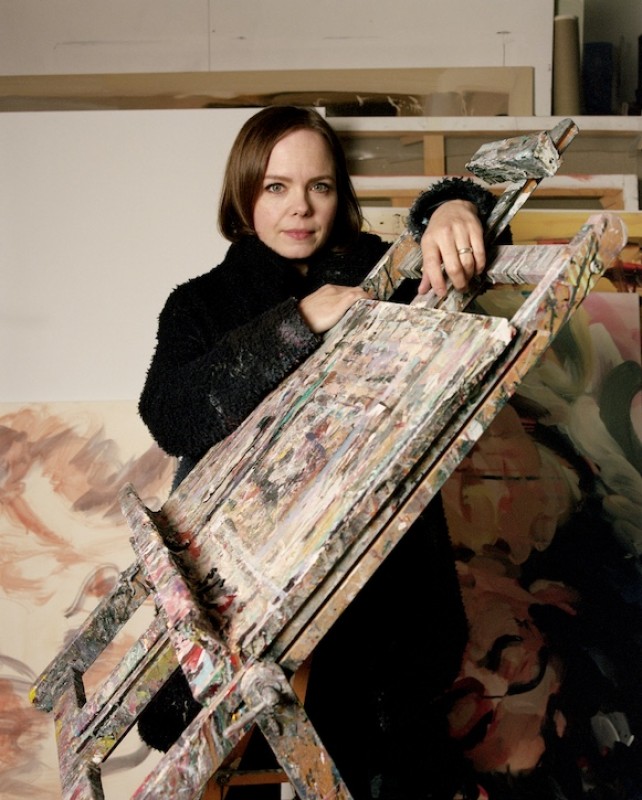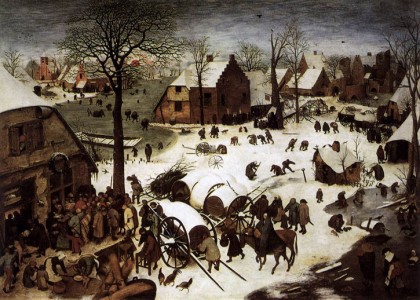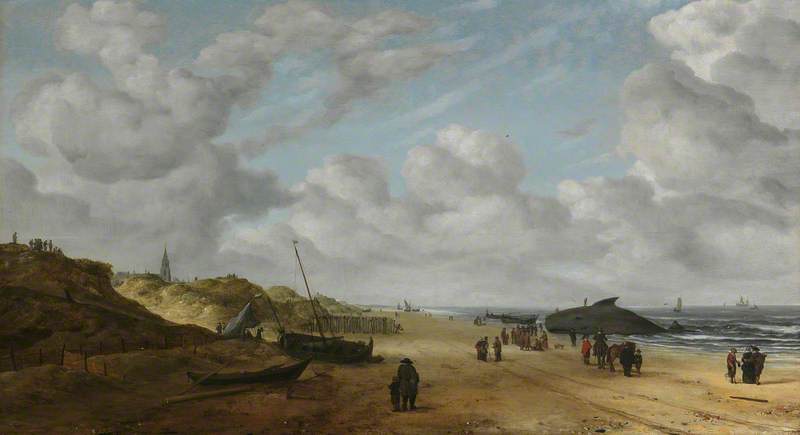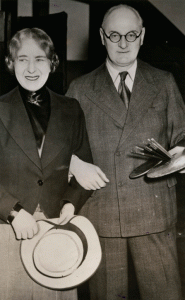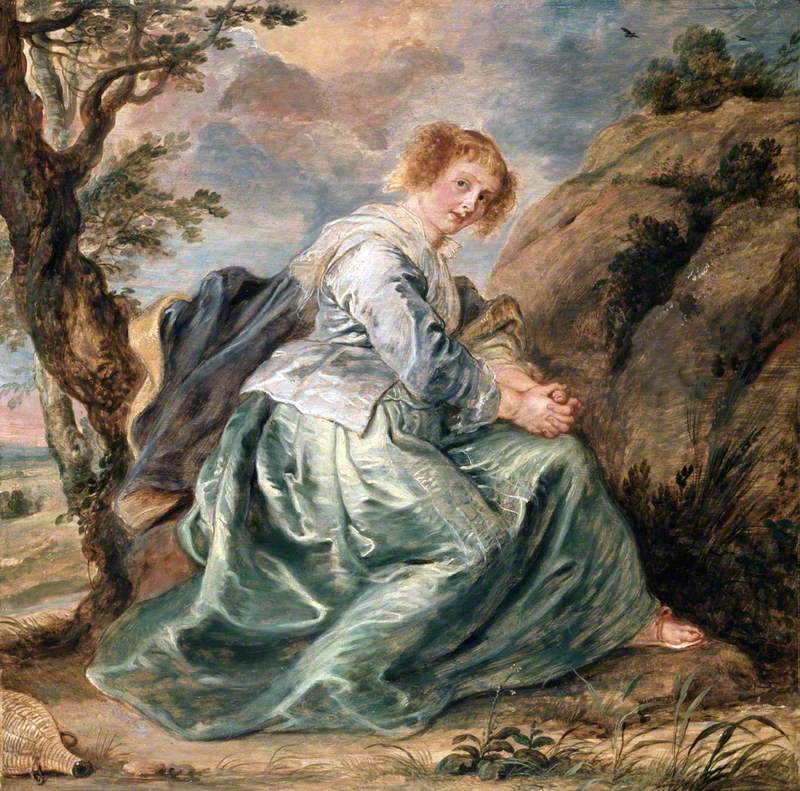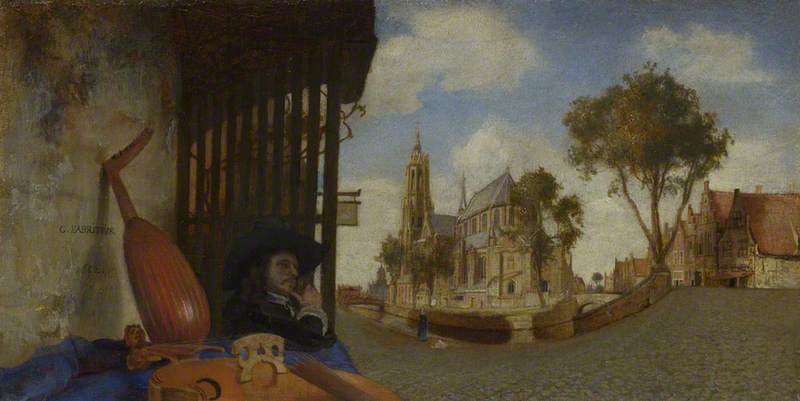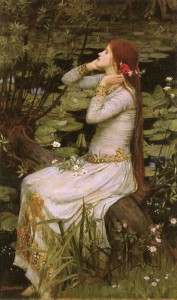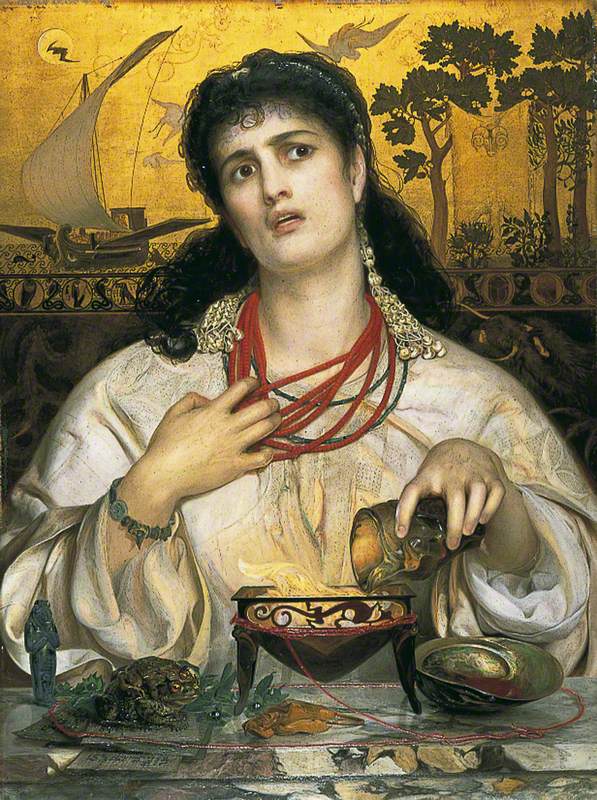Rembrandt, more formally known as Rembrandt van Rijn, is Holland's most famous artist, admired both in his lifetime and throughout succeeding centuries. His career spanned a period that included Vermeer and Rubens and saw the full flowering of Dutch and Flemish art. He was a master of the portrait, especially of group portraits such as the famous The Night Watch, and of religious subjects. His long series of self portraits are as revealingly moving as those of Van Gogh.
Rembrandt was born in Leiden in 1606, the son of a prosperous miller. He trained under Van Swanenburgh in Leiden and, more influentially, Pieter Lastman in Amsterdam, where he settled in 1631/1632. By then he was successful as a portraitist and figure painter, and was soon the leading portraitist in the city. In his late twenties he had talented pupils and was receiving important commissions from statesmen.
In 1634, Rembrandt married Saskia, daughter of an Amsterdam art dealer and she was to be the model for paintings such as Saskia van Uylenburgh in Arcadian Costume. Sadly, the family life was beset with tragedy: three of their four children in infancy and Saskia herself died soon after.
Saskia van Uylenburgh in Arcadian Costume
1635
Rembrandt van Rijn (1606–1669) 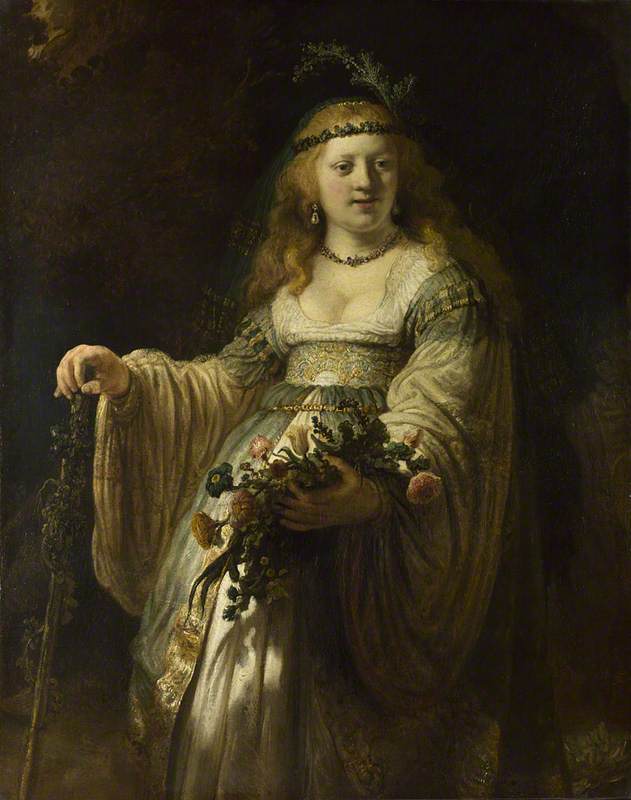
Although Rembrandt never left the Netherlands, he absorbed the lessons of Italian artists like Titian and Caravaggio and the much-travelled Flemish painter Rubens. Rubens influenced Rembrandt's first major commission, a series of scenes from Christ's Passion for Frederick Henry, Prince of Orange (now in Munich).
Rembrandt's style changed steadily through his life, from the fine detail and smooth finish of his youth in Leiden to broader, more expressive, brushstrokes. Throughout, however, it is strong lighting and emotional intensity that characterise his work, from Belshazzar's Feast of 1635 and Jacob de Gheyn III of 1641 to his last self portraits.
Some 40 self portraits are now known, providing a rare record of how an artist saw himself, as an the ambitious youngster (Portrait of the Artist as a Young Man), proud and successful (Self Portrait at the Age of 34), and old and frail (Self Portrait at the Age of 63).
Indeed, there are few finer painters of old age than Rembrandt, combining unsparing realism with dignity; for example the husband and wife Portrait of Margaretha de Geer and Portrait of Jacob Trip of about 1661.
Portrait of Margaretha de Geer, Wife of Jacob Trip
about 1661
Rembrandt van Rijn (1606–1669) 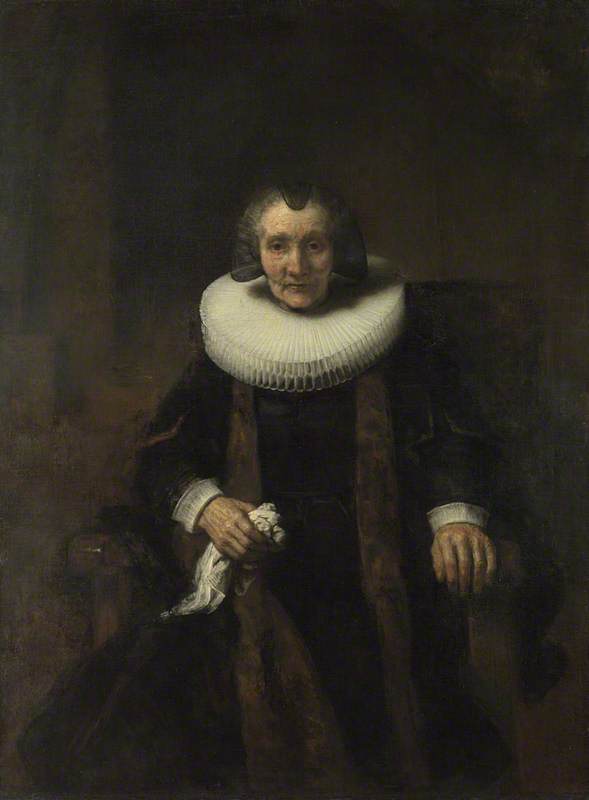
Compare these with the pair of portraits of Jean Pellicorne, his wife and children in the Wallace Collection, London of c.1632, for the change in Rembrandt's style.
Susanna van Collen, Wife of Jean Pellicorne with Her Daughter Anna
c.1632
Rembrandt van Rijn (1606–1669) (and studio) 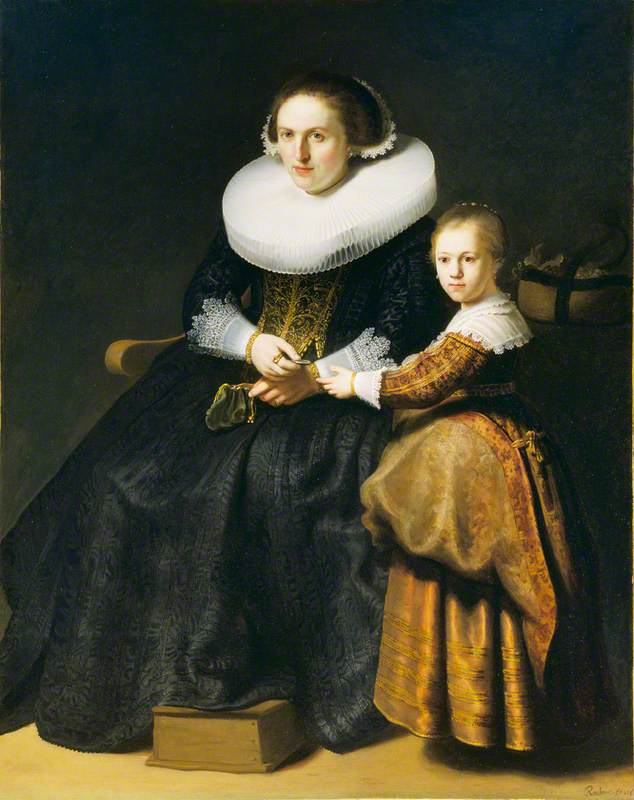
Etchings were an important part of Rembrandt's output and helped spread his name across Europe – they range from modest, informal landscapes to magnificent depictions of the Crucifixion. On the other hand, most of his paintings remained in the Netherlands during his lifetime but are now scattered across the world, a significant number in The National Gallery, London.
Further unsatisfactory relationships and the mortgage on his large house led eventually to his near bankruptcy in 1656 and the sale of his house, art collection and printing press. His art continued, however, to be in demand: historical subjects for public institutions and portraits for private patrons. He was famous across Europe – Cosimo de Medici, Grand Duke of Tuscany, visited him in 1667 – but nonetheless he died in poverty in 1669 and was buried in an unmarked grave in the Westerkerk, Amsterdam.
Portrait of a Young Man
(perhaps the artist's son, Titus) c.1668
Rembrandt van Rijn (1606–1669) 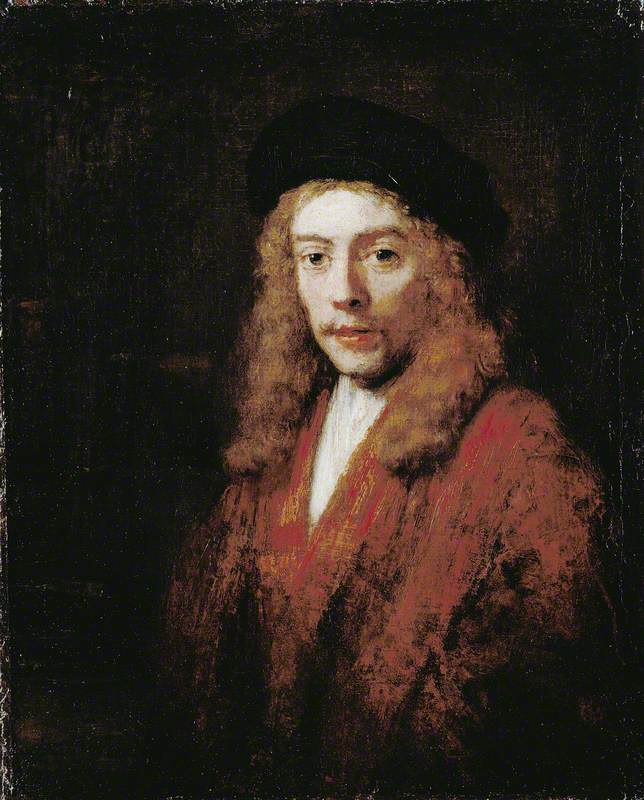
Rembrandt's popularity in and after his lifetime, his numerous pupils and admirers who copied, imitated and were influenced by his work, resulted in many doubtful attributions and numerous forgeries. The recent Rembrandt Research Project has used scientific and scholarly expertise to reassess these work and remove many paintings from, and bring others back into, his accepted catalogue.
Andrew Greg, National Inventory Research Project, University of Glasgow
